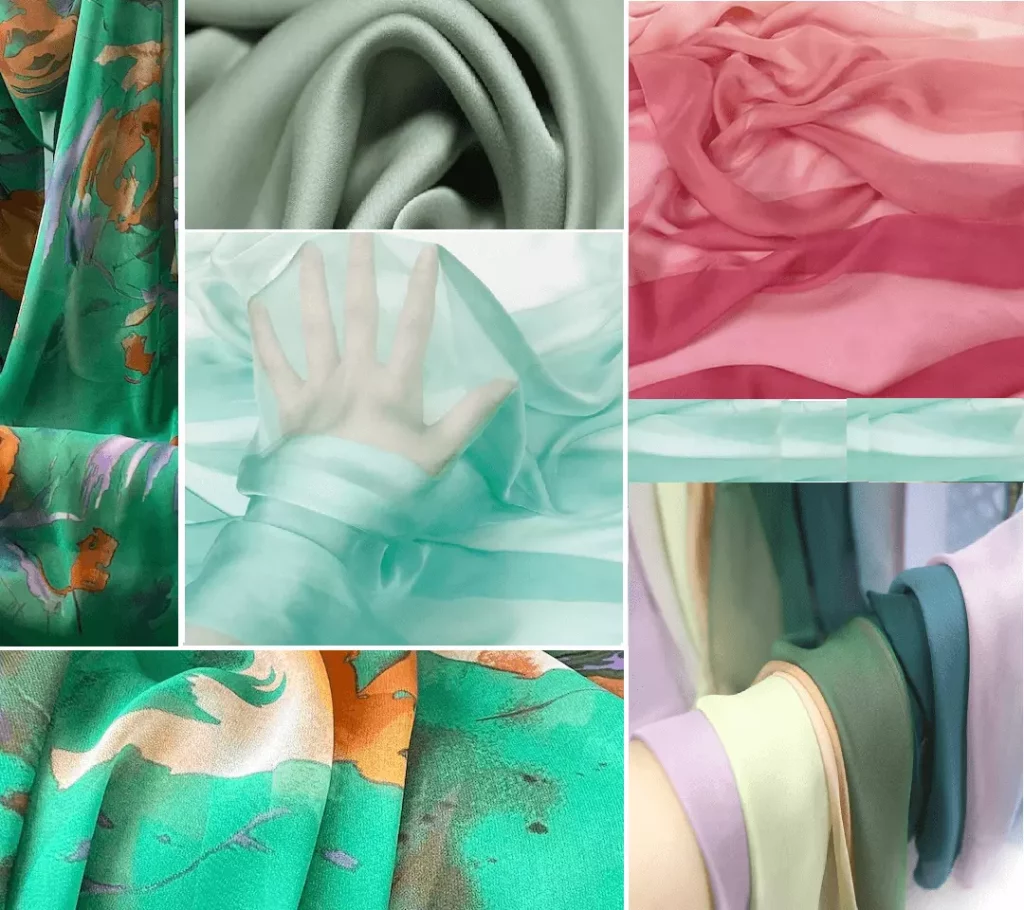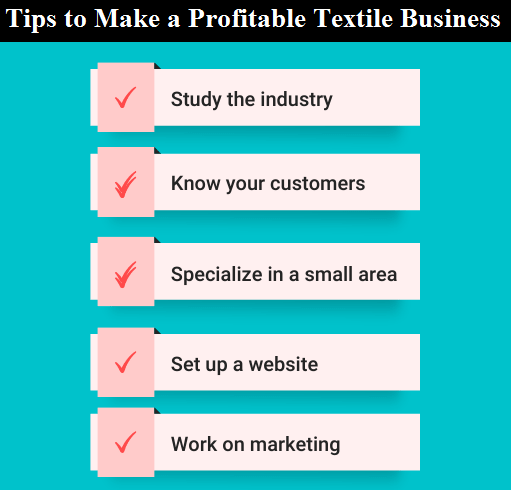Chiffon fabric is one of the delicate, gentle, seductive fabrics suitable for girls with a loving or gentle feminine personality. So how is Chiffon fabric made that has such strange properties? Here we are going to discuss what is Chiffon Fabric, Chiffon fabric properties, advantages, and disadvantages.
What is Chiffon Fabric? Chiffon Fabric Properties, Advantages and Disadvantages
Chiffon fabric is a lightweight, plush fabric that is plain woven meaning that a single weft thread alternates above and below a single warp. This can be created from a variety of materials such as silk, cotton, nylon, polyester, or rayon.
The fabric has a slight sheen; the surface is a bit rough to the touch. In addition, the fabric has a certain drape and shimmer to make the fabric more luxurious and noble.
Origin of Chiffon Fabric
France is the first country to produce Chiffon fabric. The word Chiffon is also derived from the French word Chiffe. Chiffe is generally used for fabrics that are shiny and smooth.
Chiffon fabric is originally made from silk, with high cost, so it limited its use. At this time, the cloth was only for the aristocracy and the economically well-off, but for ordinary people, it was a luxury fabric.
By the early decades of the 19th century, Chiffon was widely produced in the United States. Although France is the first country to produce Chiffon fabric, the United States is the country that introduces machine technology and synthetic materials into Chiffon. Thanks to that, Chiffon fabric made from nylon in 1938.
In 1938, another Chiffon was made from Polyester. This is the type of Chiffon used by many people and exists until now it is used as a substitute for organic Chiffon. Compared to silk, it is not as soft.
Today, Chiffon fabric has gradually been used by more people thanks to the introduction of synthetic materials. For many customers, Chiffon fabric made from silk remains a luxury item, and for this reason, synthetic materials are increasingly being used in the production of Chiffon fabrics, especially polyester.
When it comes to Chiffon, people immediately think of crepe. This is one of Chiffon’s most popular fabrics. The fabric is slightly wrinkled and rough to the touch. In addition, the fabric has high breathability.
Types of Chiffon Fabric
Pearl Chiffon
Because the fabric has a pearly shine, the new fabric is called Pearl Chiffon or Pearl Chiffon. The fabric is different and more prominent than other Chiffon fabrics.
Jacquard Chiffon
Chiffon fabric is woven by Jacquard technology. The fabric is a bit opaque and thin but heavier than other Chiffons. Jacquard Chiffon is widely used to sew scarves.
Chameleon Chiffon
This is a fabric with a multi-colored, multi-colored outer surface, so it is likened to a chameleon.
Chiffon Fabric Production Process
Input materials
Chiffon fabric is made from many different materials, so in order to produce Chiffon fabric; you must first prepare the materials according to each material.
Suppose the fabric is made from silk, then the silkworm cocoons have to be harvested and the silk thread is taken.
If it is polyester, it creates a monomer by chemically reacting alcohol (ethylene glyco) with acid (dimethyl terephthalate) at high temperatures.
Alternatively, from rayon, cellulose must be purified from wood pulp. Each different input material will have different forming processes. When the necessary materials such as silk yarn, polyester yarn, rayon yarn, or nylon yarn have been prepared, they will be woven into the fabric.
Finished Product
Although the materials are different, weaving Chiffon fabric, there will be the same weaving process.
Chiffon fabric is woven according to the rule that the woven yarn will be arranged in an opposing s and z shape. Then it will be woven by manual loom or by Jacquard technology.
Chiffon fabric is smooth and thin, so it is quite difficult to weave, so most of it is hand-woven to ensure that the product meets the standards. On the other hand, if weaving by machine, the fabric is only woven at a very slow speed, which takes a lot of time. After the fabric is woven, it will be taken to the garment factories to complete the desired garment products.
Advantages of Chiffon Fabric
Soft
Chiffon fabrics are some of the softest fabrics available. When using Chiffon products, you will feel really gentle and seductive by the softness that Chiffon brings very special.
Skin-friendly
Although the surface of the fabric is a bit rough, the fabric does not cause any discomfort to your skin. What’s more, the fabric is hypoallergenic, so you can rest assured to use it for a long time.
Lightness
One of the special advantages of Chiffon is the lightness of the fabric. When wearing Chiffon, you feel like you are not using it because the fabric is so light that it makes us feel very comfortable.
Diversity of Textures and Colors
Chiffon fabric is dyed quite carefully and the dyeing method is also very rich and diverse to help users choose products more easily. In addition, the opacity or opacity also makes the fabric different.
High Aesthetics
The fabric is very difficult to wrinkle and has a slight shine that makes Chiffon much more beautiful. The fabric really brings depth to women when it comes to dresses made from Chiffon fabric.
Disadvantages of Chiffon Fabric
Thin Fabric
The fabric is quite thin, so it needs a lining when used. So when sewing all kinds of dresses, tailors often leave many layers of fabric to create thickness for the fabric.
Difficult to Sew
The fabric is slippery so it is very difficult for tailors, especially those who are just starting out.
Difficult to Clean
Fabric is difficult to clean, so for the fabric to be easy to clean, it needs to be pre-soaked for a few hours before washing.
Application of Chiffon Fabric
Garment Production
Although Chiffon fabric is a beautiful, light, and attractive fabric, the fabric is only used to mainly sew women’s clothing such as skirts, pajamas, and daily suits. And in addition, the fabric is also used a lot to make shirts.
Sewing Accessories
With the lightness and softness that Chiffon brings, the fabric is used a lot in decorating parties such as cribs, weddings, and grand openings. Chiffon fabric is suitable for hanging curtains for background or for decoration. Tie pretty bows to make the party more fancy and special.
Chiffon fabric is also used a lot to sew scarves to create more accents for the outfit. In addition, they are also used to form decorative towels such as flower vases or tablecloths. Many girls with gentle personalities also like to dress up with ribbons or head bows.
Tips for Using Chiffon Fabric
Washing Temperature: For Chiffon fabrics, the recommended washing water temperature is cold water. Hot water will cause the fabric to lose its inherent properties.
Do not use bleach: Chiffon fabric is very thin, so absolutely do not use bleach. The color will fade and easily cause the fabric to lose its luster.
Use baking soda: If the fabric has too much dirt, instead of bleach, you should use baking soda to clean this stain or you can also use vinegar.
Avoid sunlight: When drying or storing fabrics, do not expose them to sunlight. Sunlight makes Chiffon fabrics dry and stiffer.
Light hand wash: The fabric is very thin, so when washing it, do not rub it or use a brush to clean it. You should only rub gently if you want to preserve the life of the product.
Avoid sharp objects: If sharp objects hit the fabric, it will be easily scratched and it will lose its softness of the fabric.
Allow to dry naturally: Chiffon fabrics should be air-dried to allow the fabric to dry naturally. Limit the use of a dryer, especially at high temperatures.
Use a steam iron: To straighten fabric, it is best to use a steam iron to avoid burning the fabric and help it straighten faster.
Chiffon fabric is used quite a bit in life, but in return for the effectiveness it brings, it is undeniable. So to own the most eye-catching or attractive outfits, do not hesitate to choose Chiffon material. I wish you all the best and see you in the next posts.
Key Features of Chiffon Fabric
Fabric composition: Silk, cotton, nylon, polyester, or rayon
Fabric breathability: High
Moisture absorption: Moderate
Heat retention: Low
Stretchability: Moderate
Country where the fabric first produced: France
The largest producing/exporting country at present: China
Recommended washing temperature: Cold
Commonly used in Eveningwear, nightgowns, blouses, scarves, underwear, ribbons, and wedding dresses.



